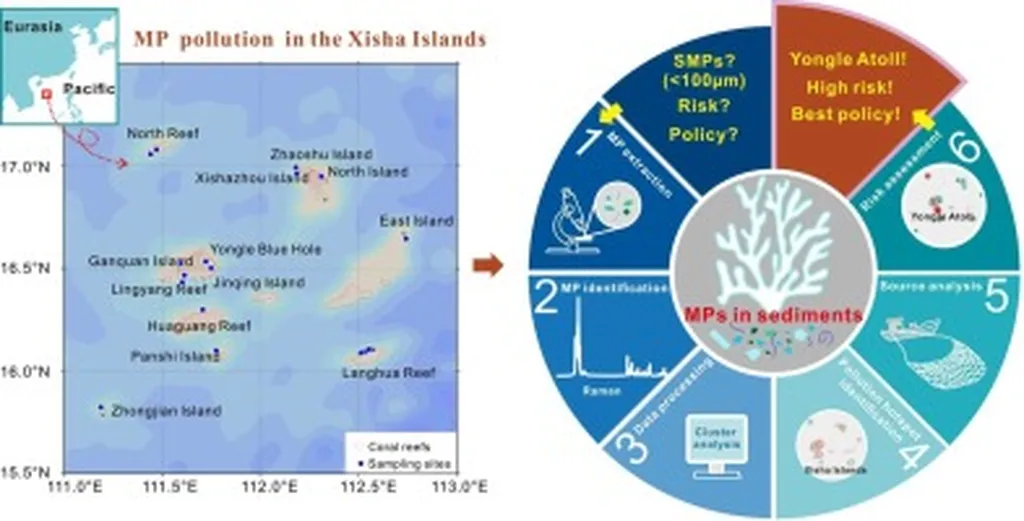In the sun-drenched Xisha Islands of China, a silent battle is unfolding, one that could have significant implications for coastal ecosystems and even the energy sector. Researchers have identified a phytoplasma infection affecting *Heliotropium arboreum*, a crucial pioneer plant in tropical coastal ecosystems. This discovery, published in *Frontiers in Plant Science* (translated as “植物科学前沿”), could reshape how we approach disease surveillance in fragile environments.
The study, led by Bao Wang from the Key Laboratory of Plant Disease and Pest Control of Hainan Province, reveals that *H. arboreum* is exhibiting witches’ broom symptoms—leaf deformities, reduced leaf size, and floral phyllody. These symptoms are caused by a phytoplasma, a type of bacterial pathogen that infects plants. The researchers designated the phytoplasma as *H. arboreum* witches’ broom phytoplasma (HaWB) and classified it as a 16SrII–A subgroup strain.
“This is the first report of a phytoplasma infecting *H. arboreum* in China,” Wang explained. “Our findings provide critical insights for disease surveillance in these fragile coastal ecosystems.”
The implications of this research extend beyond mere academic interest. *H. arboreum* plays a vital role in stabilizing coral islands, making it a cornerstone of coastal ecosystem health. The discovery of the phytoplasma infection could have commercial impacts, particularly in the energy sector, where coastal ecosystems are often intertwined with renewable energy projects.
“Understanding the vectors and pathways of this phytoplasma is crucial for developing effective disease management strategies,” Wang added. The researchers identified *Halticus minutus* as a putative vector, a finding that could inform future pest control measures.
The study employed advanced molecular techniques, including PCR assays and phylogenetic analysis, to confirm the presence of the phytoplasma and classify it within the 16SrII–A subgroup. This level of detail is essential for developing targeted interventions and mitigating the spread of the disease.
As coastal ecosystems face increasing pressures from climate change and human activity, the need for robust disease surveillance and management strategies has never been greater. This research not only sheds light on a previously unknown phytoplasma infection but also underscores the importance of proactive measures in protecting vital coastal plant species.
In the broader context, the discovery could influence agricultural practices, pest control strategies, and even policy decisions related to coastal ecosystem management. The energy sector, in particular, stands to benefit from a deeper understanding of how phytoplasma infections can impact coastal vegetation, which is often integral to renewable energy projects.
As the world grapples with the challenges of climate change and ecosystem degradation, studies like this one serve as a reminder of the intricate web of life that sustains our planet. By unraveling the mysteries of phytoplasma infections, researchers are paving the way for a more resilient and sustainable future.

